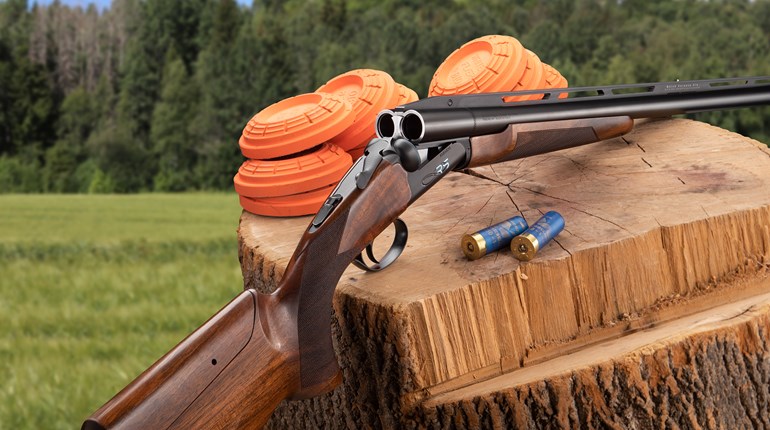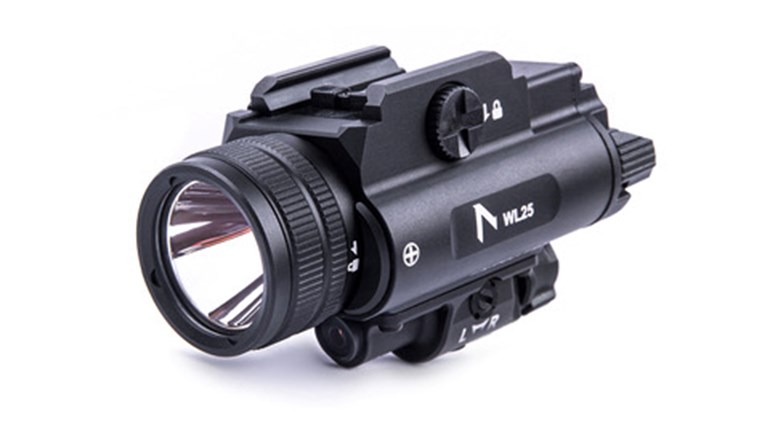
In 2014, heads were turned with the release of the Labradar—a “personal” ballistic radar chronograph small enough to fit snugly in a small bag. Ten years later, the company is entering the red-hot compact chronograph segment with its new Labradar LX.
Small, portable chronographs have become popular as replacements for the larger units seen in the past, and Labradar’s new LX is no exception. The Canadian company said this compact shooting chronograph powered by Doppler radar will accurately measure the velocity of “rifles, handguns, pellet guns, bows and crossbows,” also incorporating “nice features like an internal battery and bright LCD display.”
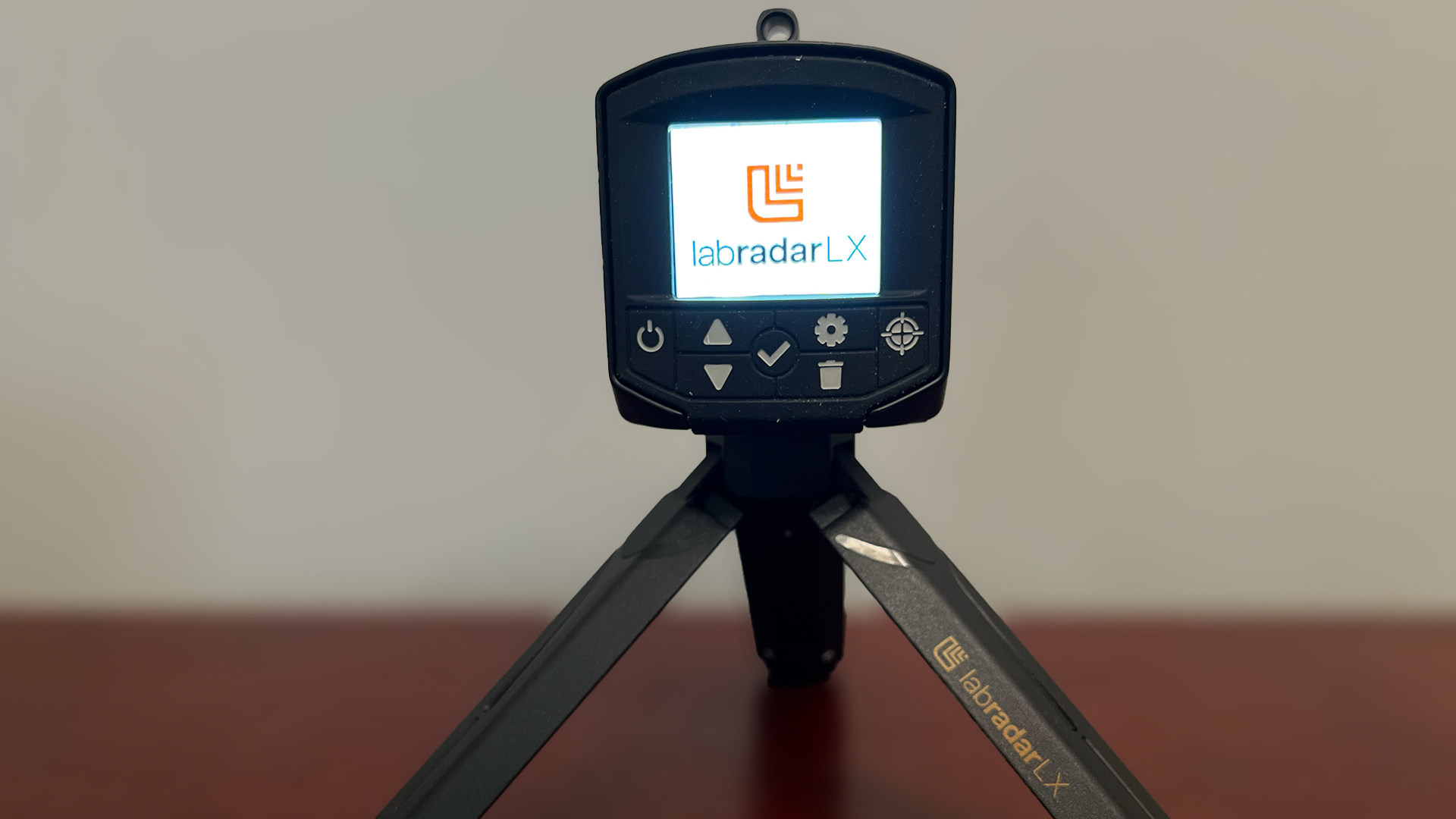
Accuracy and ease of use are a shooting chronograph’s defining characteristics, and are major considerations when shopping around. The creators of the Labradar LX aim to provide a 60 GHz Doppler-radar chronograph experience in a more-portable package. (61.220 to 61.440 GHz is the LX’s exact frequency range of operation.)
Some background about the company: Labradar is part of Infinition, Inc., based in Trois-Rivieres, Quebec, Canada. The parent company is described on its website as “the industry leader in Doppler radar technology since 1996.” The original Labradar personal Doppler radar chronograph made its debut at SHOT Show 2014 and quickly became a popular choice for shooters, especially the long-range and extreme long-range crowd. One example of this chronograph in use for ELR competition is Paul Phillips, a past NRA Extreme-Long Range national champion and King of Two Miles champion, who was skilled with using the original Labradar for ELR load development, including for the 33XC (a .338-cal. cartridge developed by David Tubb). The previously released Labradar ballistic velocity chronograph, which is not as compact as the new LX and powered by six AA batteries (instead of an internal battery like the LX), could measure projectile velocities up to 3,900 f.p.s. with 0.1% accuracy.
The published measurement range of the new Labradar LX is 65 to 5,000 f.p.s., and the beamwidth is short and wide at 15 x 30 degrees. Company literature mentions that it’s “precise with subsonic, transonic and hypersonic projectiles.” As for the accuracy, the Labradar LX owner’s manual states “0.1% under optimal conditions,” which is the same value as the older model. For rifles, the velocity measurement range is 1,575 to 5,003 f.p.s., handguns at 591 to 1,608 f.p.s. and archery at 66 to 623 f.p.s.
Not only does the Labradar LX record data like maximum velocity, minimum velocity, average velocity, extreme spread and standard deviation in three different modes for rifles, pistols and archery, the chronograph even has an onboard IPSC/USPSA/IDPA Power Factor calculator. This feature will be handy for action shooters working on load development.
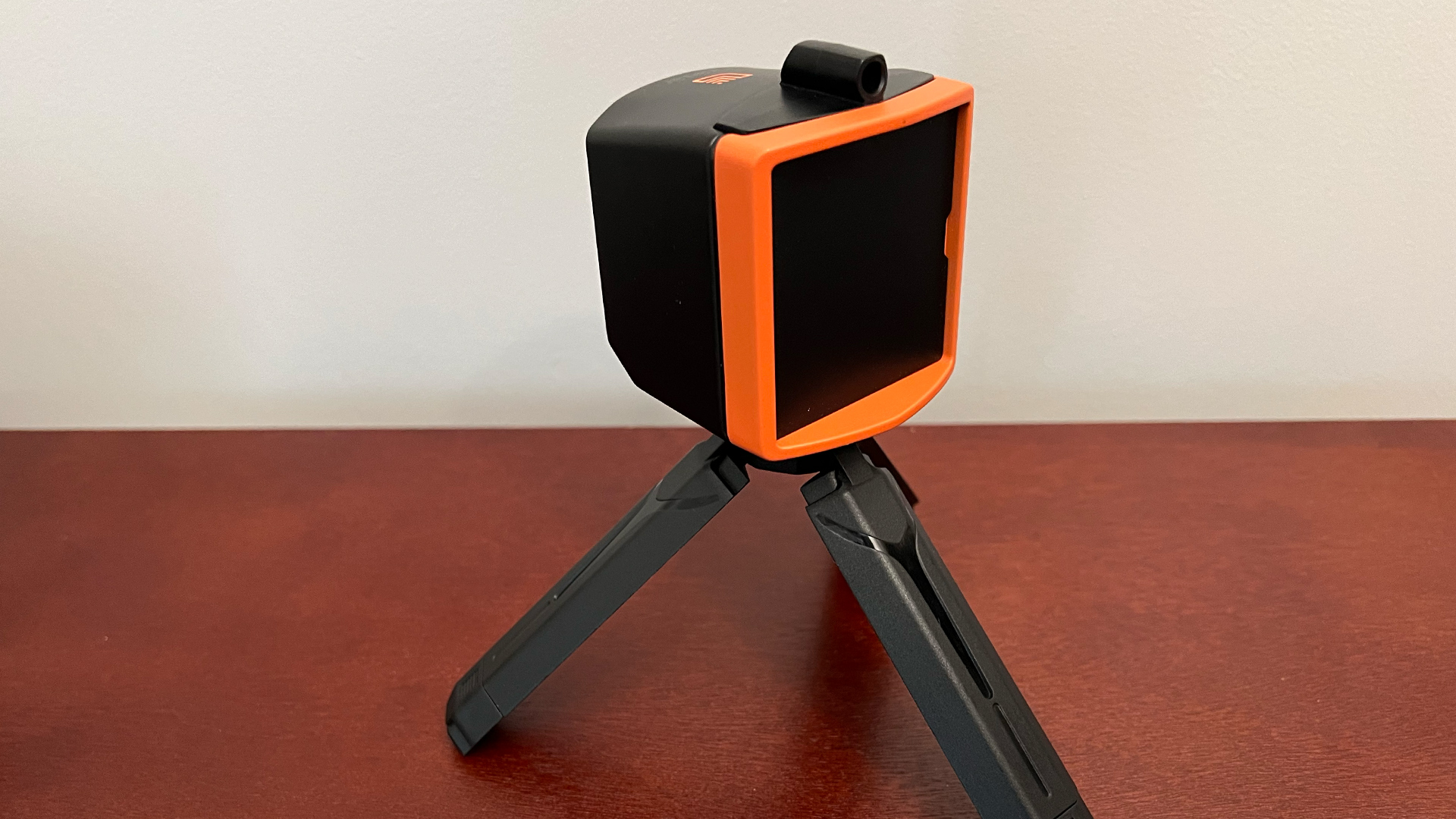
Packaged inside the Labradar LX box with the unit are accessories, including a sturdy, portable tripod and USB-C charging cable. With legs extended, the tripod measures about 7½ inches from the base, and can also serve as a useful handle when retracted.
Before I fired up the Labradar LX after taking it out of the box, I noticed that while the unit is small with 2½ x 2¾ x 2¾-inch dimensions, it has an air of ruggedness. The case is made of aluminum and the build quality is tight. It feels dense in the hand, which makes sense since it has a transmitter, receiver and all the electronics to process the Doppler signal into usable data all crammed in a diminutive form factor. There’s also a peep sight aiming device on top of the Labradar LX for aligning the internal radar antenna with the intended path of the bullet or arrow.
At the base of the Labradar LX there is a 1⁄4-20 standard camera screw for tripod mounting. Also located on the bottom—a USB-C port for charging the internal battery and installing firmware updates. According to the company, the latest firmware update released in August gives a “significantly reduced boot time,” as well as faster muzzle velocity processing and the mode setting page now displaying the velocity range in the rifle, handgun and archery modes. Located next to the USB-C port on the bottom is an external trigger port. Additionally, a small, rubber cover flap is connected to the LX chronograph and is of good quality, which should aid in keeping the two ports free from dirt and moisture to avoid bad connections and inhibit corrosion.
There are seven operating buttons on the LX chronograph, including two located on the left and right sides for powering on and to arm the unit’s radar, along with arrow selection, confirmation and settings buttons. All the buttons have symbols that make it easy to identify function. The front-mounted buttons are easy to manipulate, but due to their location, there is always the possibility of misaligning the aim of the Labradar LX unit while fiddling with the buttons to change the settings.
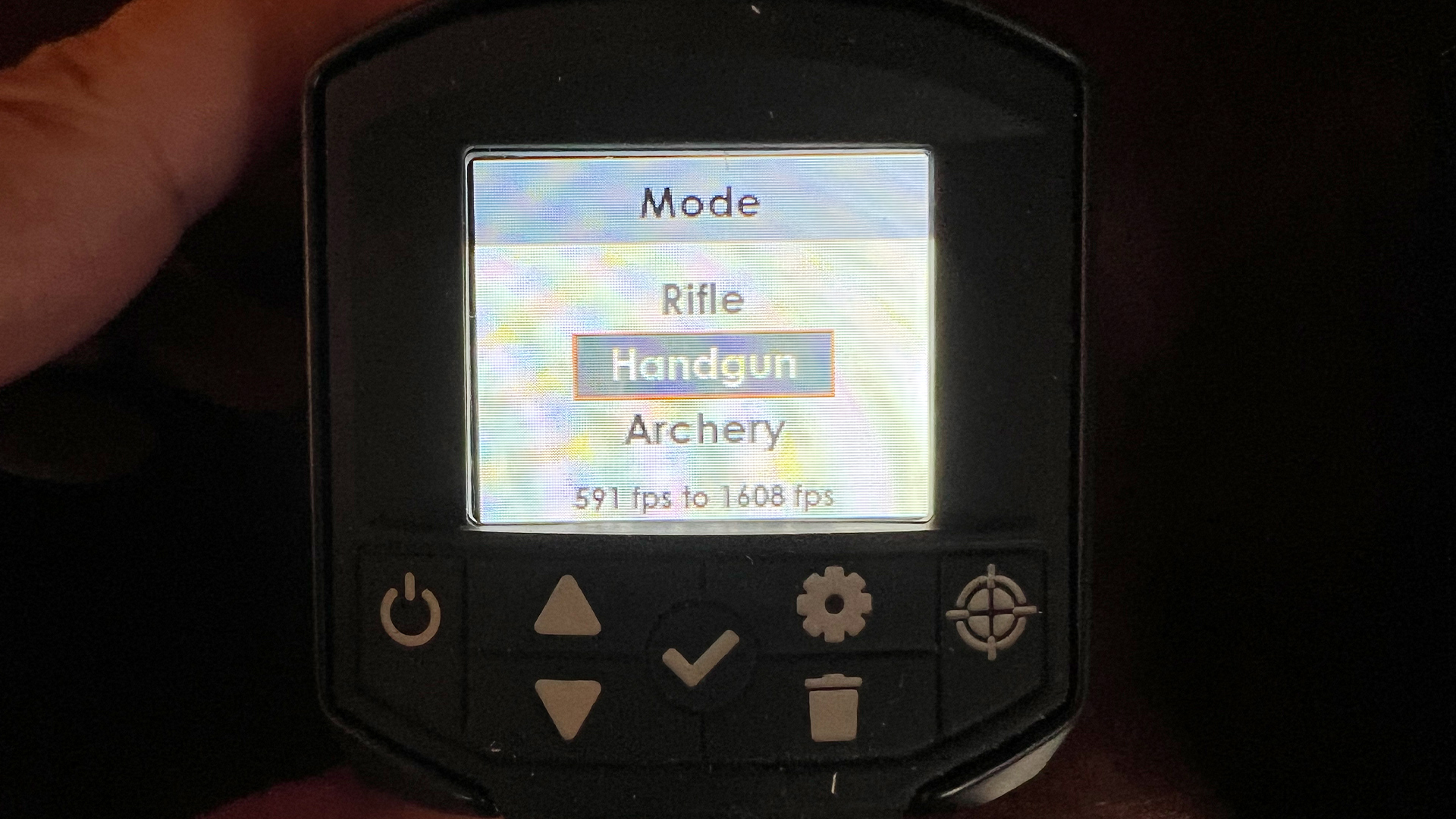
It takes about 30 seconds for the Labradar LX to boot up, and the screen turns on and off more than once. Once up and running, navigating the Labradar LX operating system is easy enough, with shot series stored in numbered folders. Different screens show data for the current shot, shot series statistics and details about individual shots. There are also options to input projectile weight, Vx distance, trigger sensitivity level, the radar frequency channel (there are two available), units of measurement and the date and time.
The Labradar LX chronograph has enough internal memory to record up to 999 series of 250 shots. To export data, your choices are the USB-C cable or the MyLabradar app, the latter using Bluetooth to connect to your Android or iOS smartphone or tablet.
Although the color LCD screen is bright and easy to read indoors, it might be hard to view outside on a really sunny day without cranking up the brightness to the highest setting. It does include an adjustable screen saver that dims the display during idle periods, saving precious battery life.
Powering the Labradar LX is an internal lithium-ion-polymer battery with 3,800 mAh capacity. As mentioned, the battery is charged with the included USB-C cable. From the box, it took about three hours to fully charge the battery the first time. Something else to note is the auto-shutoff feature, which will turn the unit off automatically if the battery level is too low.
Last month, Labradar updated the MyLabradar app with enhancements that Guy Desbiens, the president of the company, described as “nice improvements.” The latest LX firmware update also features “enhanced data synchronization with the mobile application.”
While I haven’t used it on the range yet, be on the lookout for my full evaluation of the Labradar LX portable Doppler radar chronograph in a future issue of the digital magazine.
You can buy the new Labradar LX compact shooting chronograph online for $599.95 from MidwayUSA. The units are made at a production facility located in Trois-Riviere, Quebec, Canada, and include a limited 12-month warranty. Learn more about the company at mylabradar.com.














